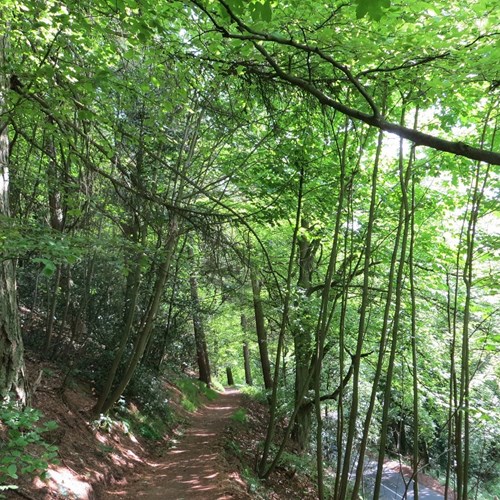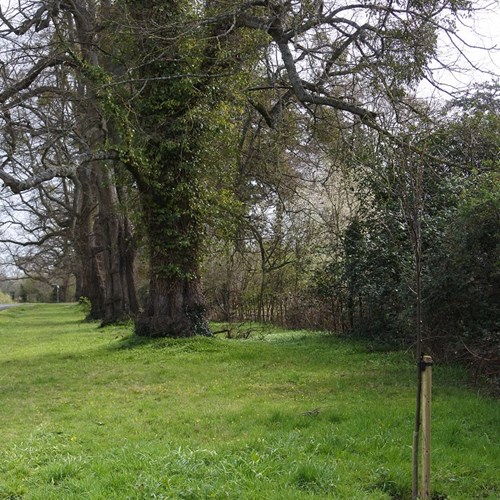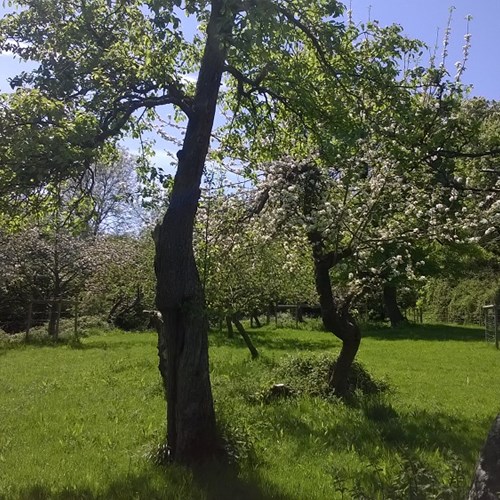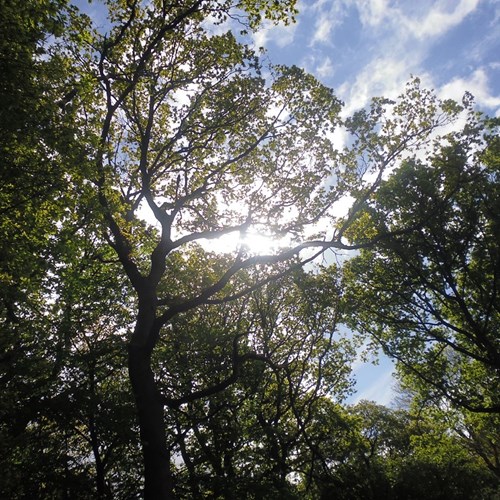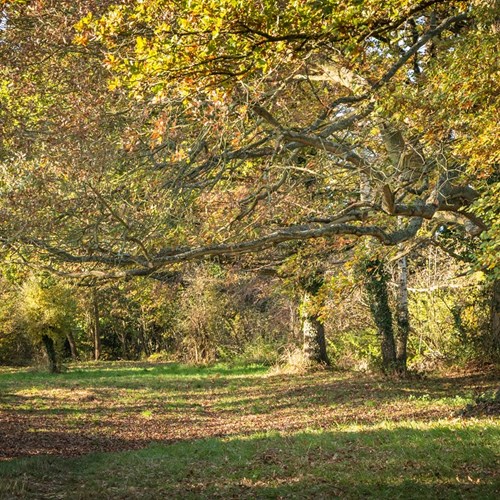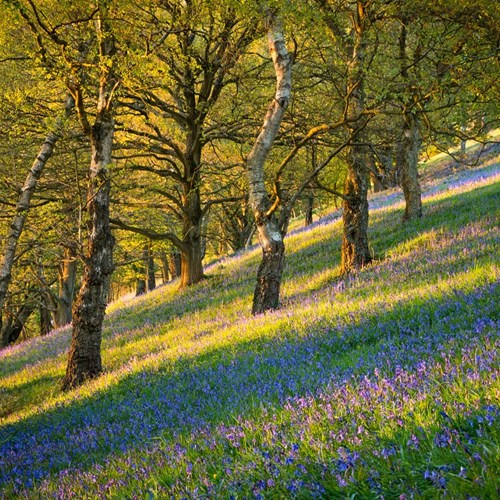Throughout this week we’ll be celebrating National Tree Week by sharing some of our favourite trees from around the Malvern Hills and Commons.
Around 30% of the land under the Trust’s care is native woodland and trees can also be found along the avenues, in hedgerows, in orchards and as stand-alone trees.
A huge variety of tree species from veteran hawthorns to newly planted hornbeams can be found here, each with their own features and characteristics that make them important for both wildlife and people.
Staff from the Trust have identified their favourite trees around this landscape and are inviting the you to share with us trees are most special to you on Facebook and Twitter.
Why are trees important?
Trees within the landscape offer a huge number of benefits to both people and wildlife.
Trees absorb carbon dioxide from the atmosphere and are an important part of tackling climate change. The increase in tree coverage on the Hills and Commons from 50ha in the 1930’s to 340ha in 2019 means that approximately 2176 tonnes of CO2 are now absorbed each year.
In addition, trees are importantly:
- Absorb other pollutants from the air, improving local air quality
- Provide shade which cools the local environment and offers relief for people, livestock and wildlife in hot weather
- Help to slow water run off which reduces the risk of local flooding.
- Help reduce noise pollution
Trees provide for wildlife:
- Places to roost, nest and hide for birds, bats and small mammals
- Foraging opportunities (including berries and nuts) for a wide range of wildlife.
Trees provide for people:
- A sense of place and community and a place to rest, stop and gather with family and friends
- An educational resource for local schools and young people
- A link to our local culture and history
- Benefits for mental health and wellbeing.
Tree planting
As well as allowing the natural regeneration of trees to increase woodland areas the Trust also undertakes tree planting projects. This is particularly important to replace avenue trees and provide successional planting for those trees that will eventually come to the end of their lives.
The locations where trees are planted is carefully assessed to ensure that other important habitats are not lost or adversely affected by planting. We work to ensure that it is the “Right tree in the right place”.
Open grassland and heathland habitats also form an important part of this landscape. The acid grassland habitats found on the open hilltops are becoming increasingly rare in the UK and for this reason are protected under the designation as a Site of Special Scientific Interest. Hay meadows are diverse and flower-rich, providing a place for pollinators including the marbled white butterfly and bumblebees to feed and somewhere to nest for skylarks. Balancing the wooded areas and open habitats is an important part of the Trust’s work and you can read more in our Land Management Plan.
National Tree week is being celebrated this year from the 27th November to the 6th December. The public can share their favourite trees on Facebook and Twitter.

